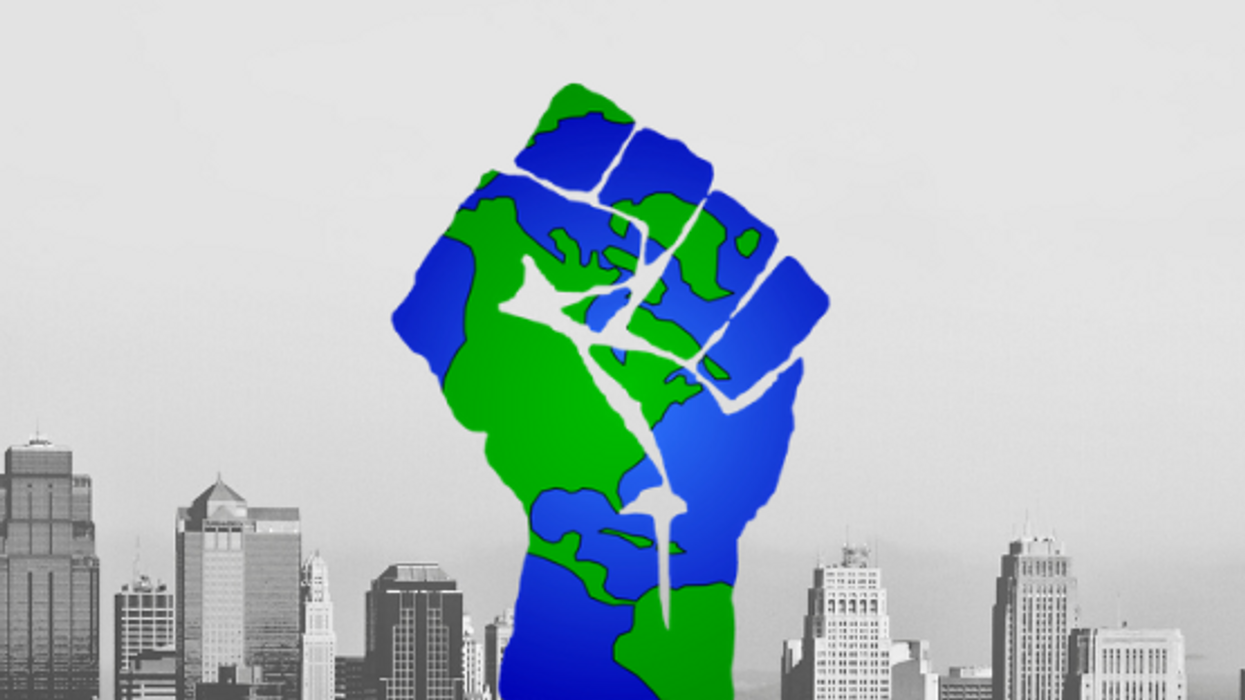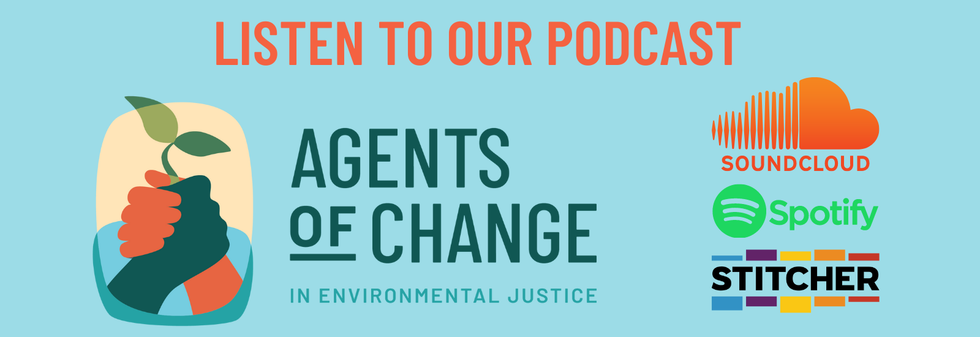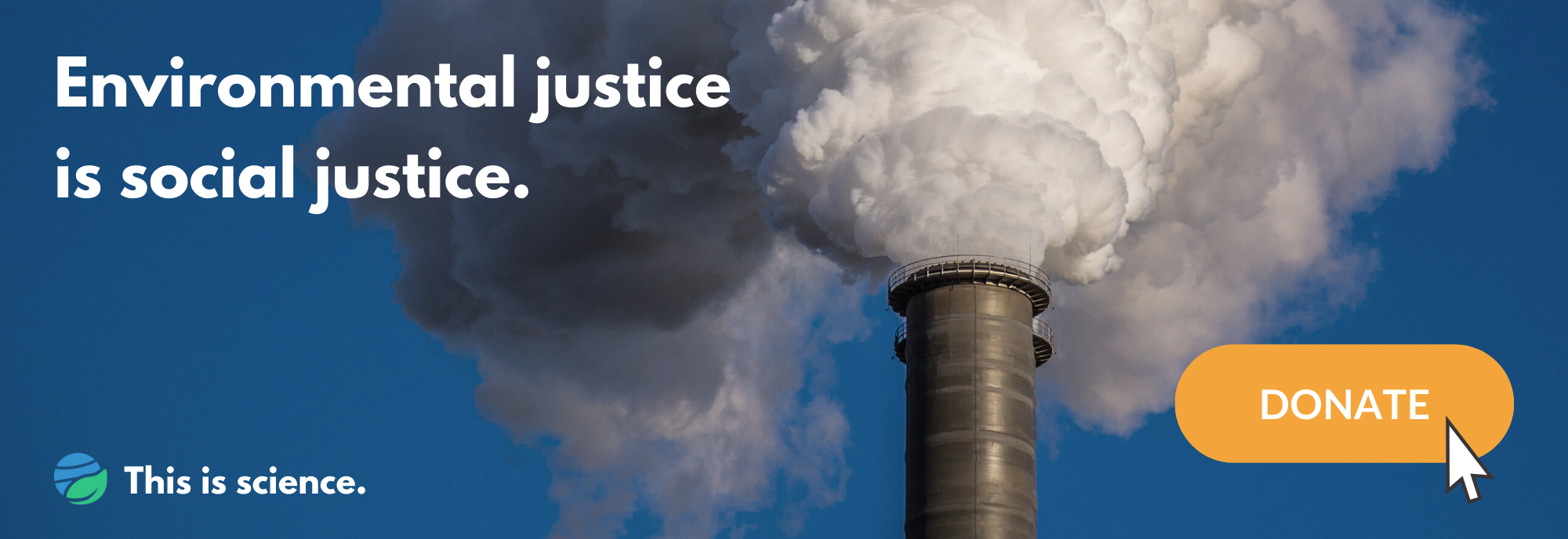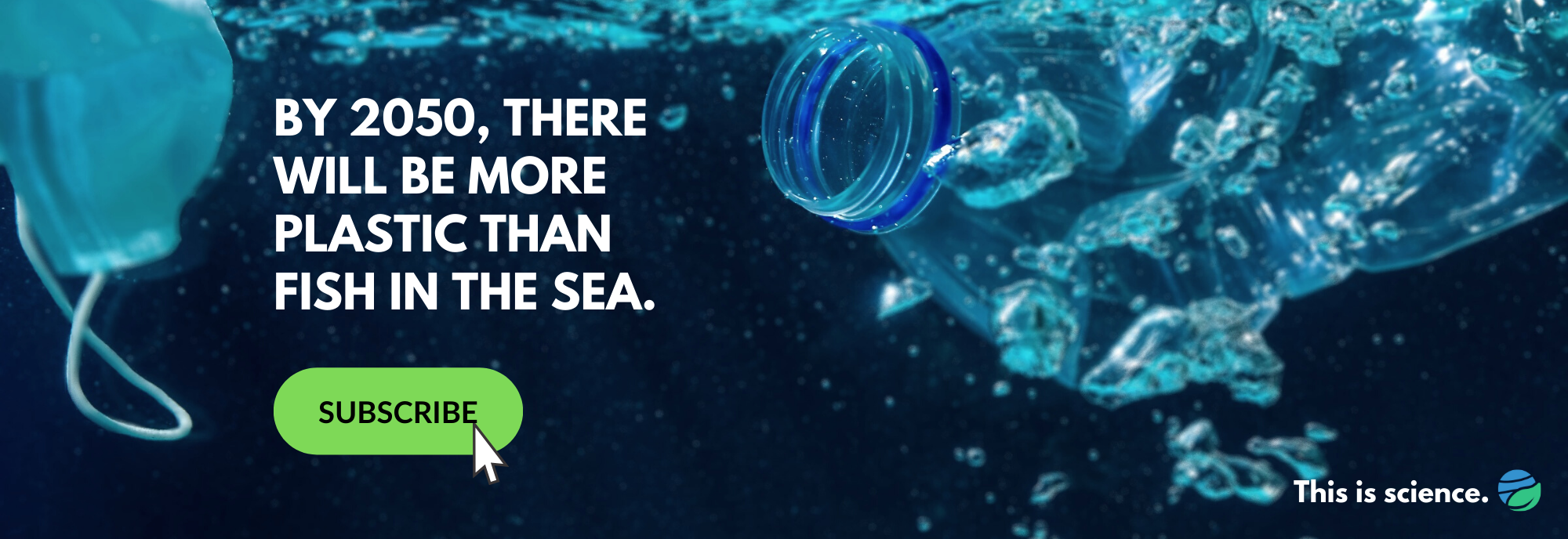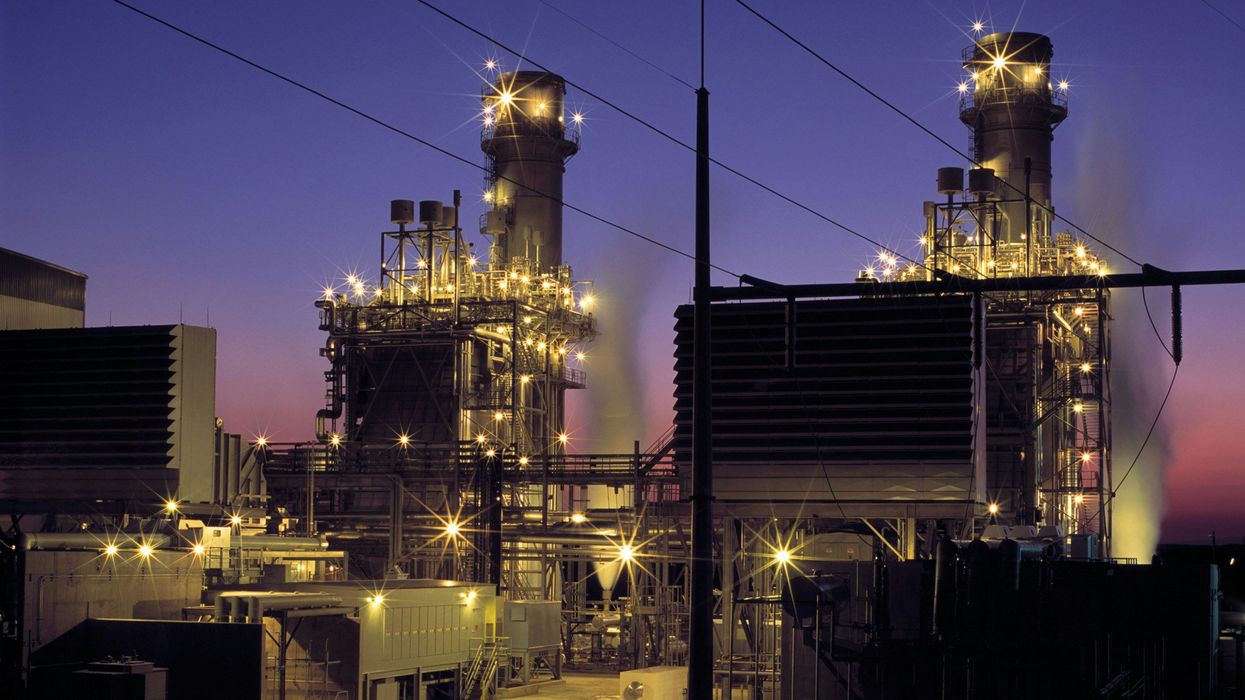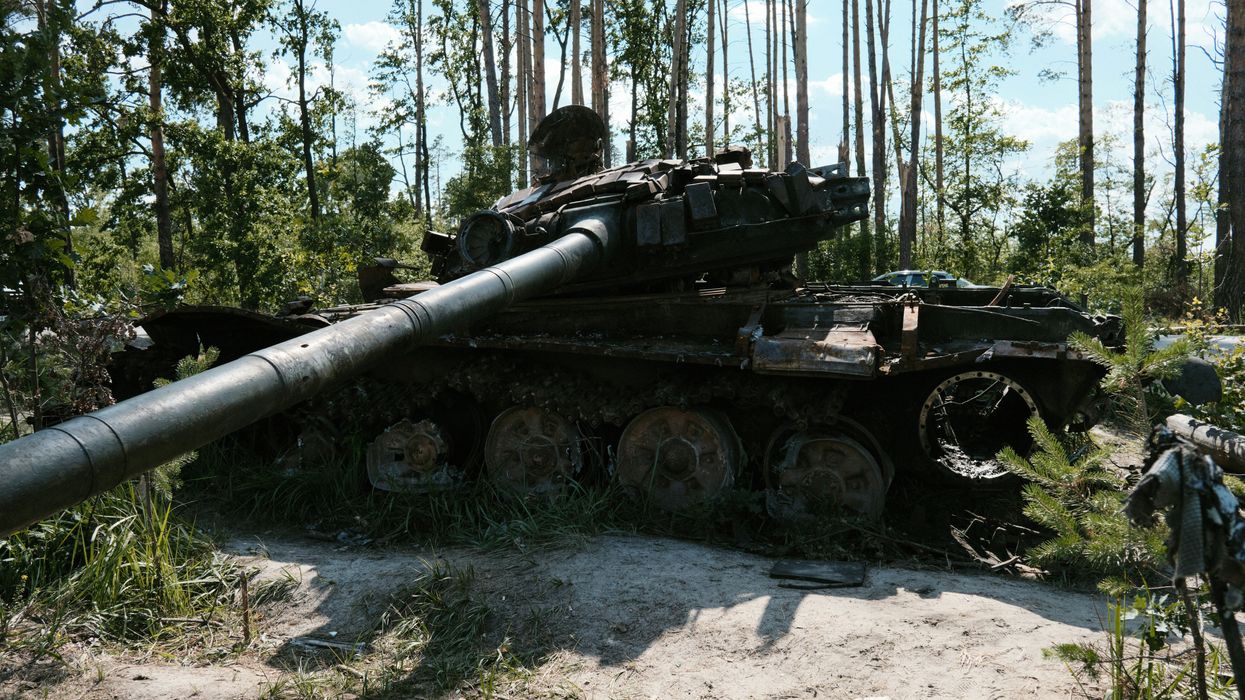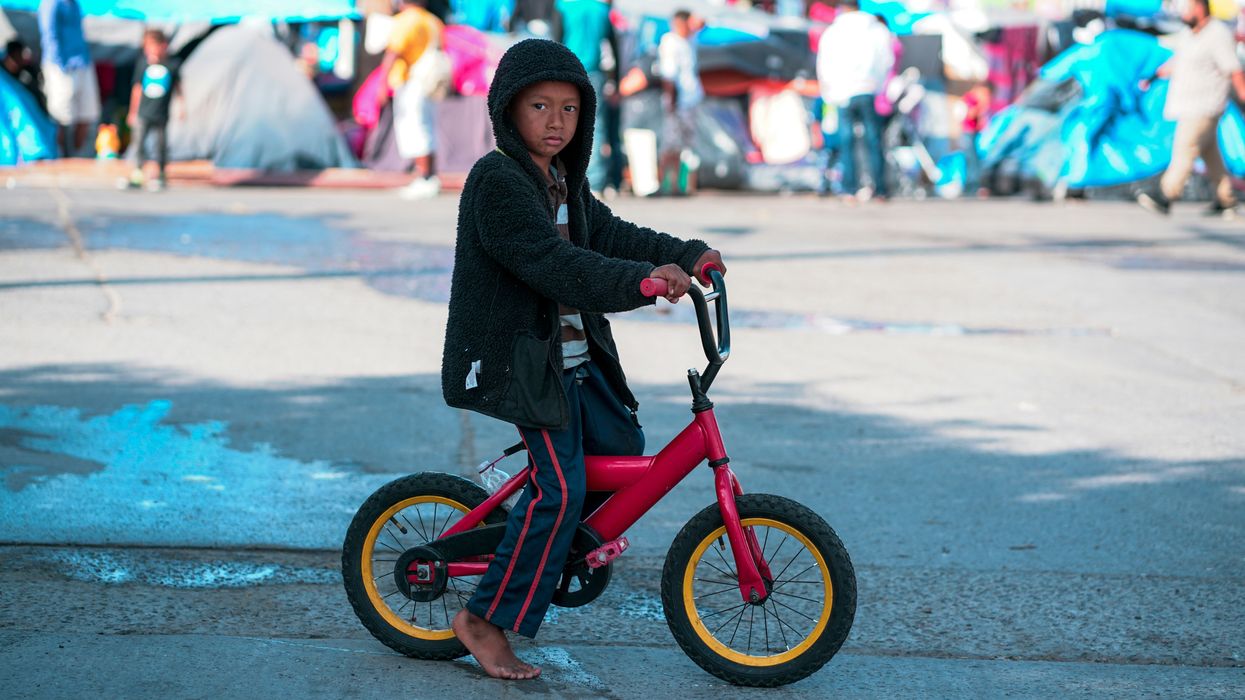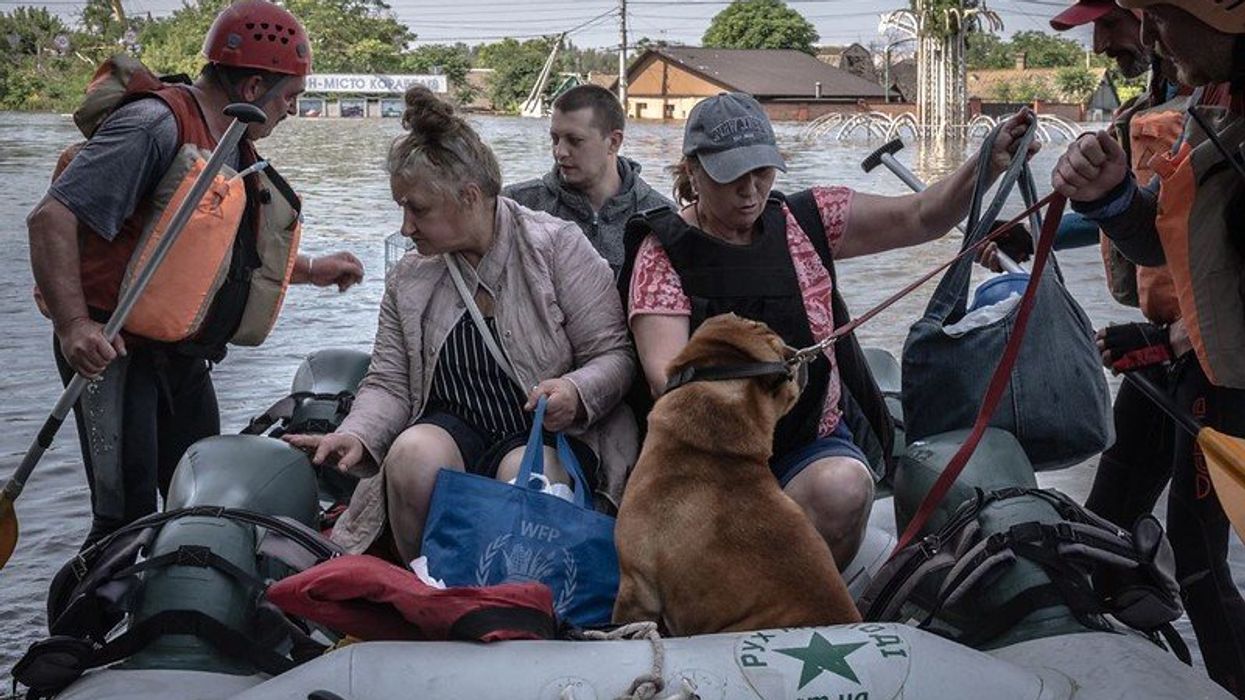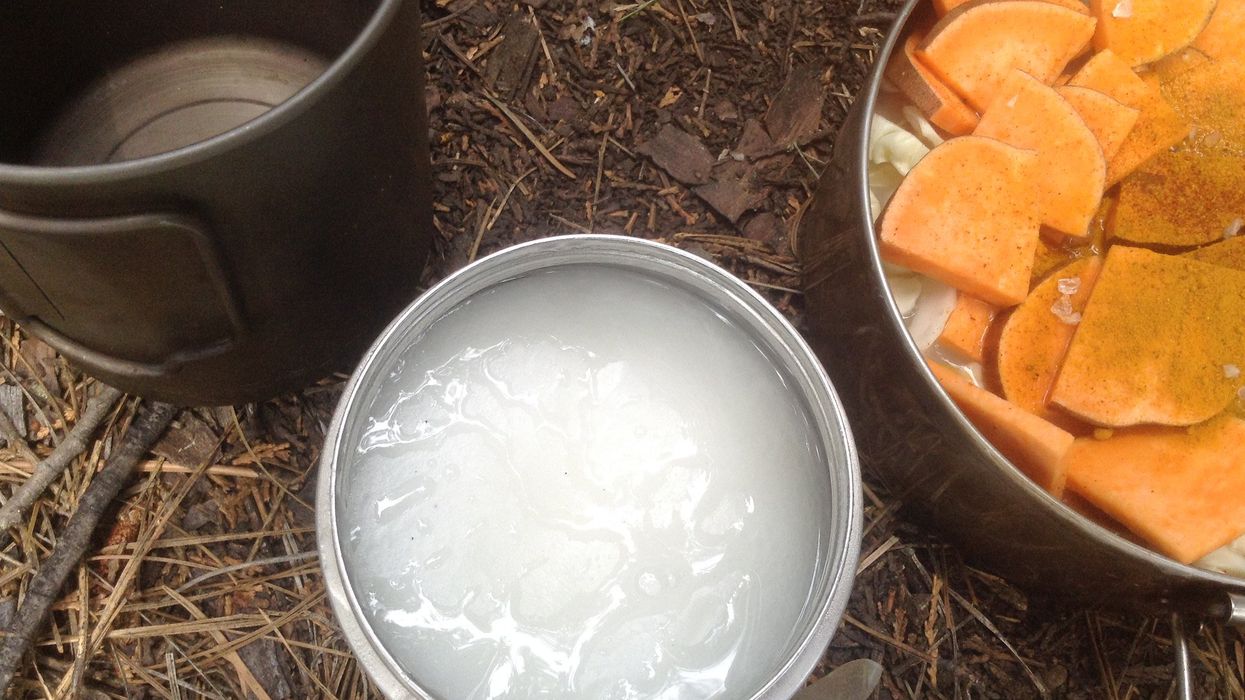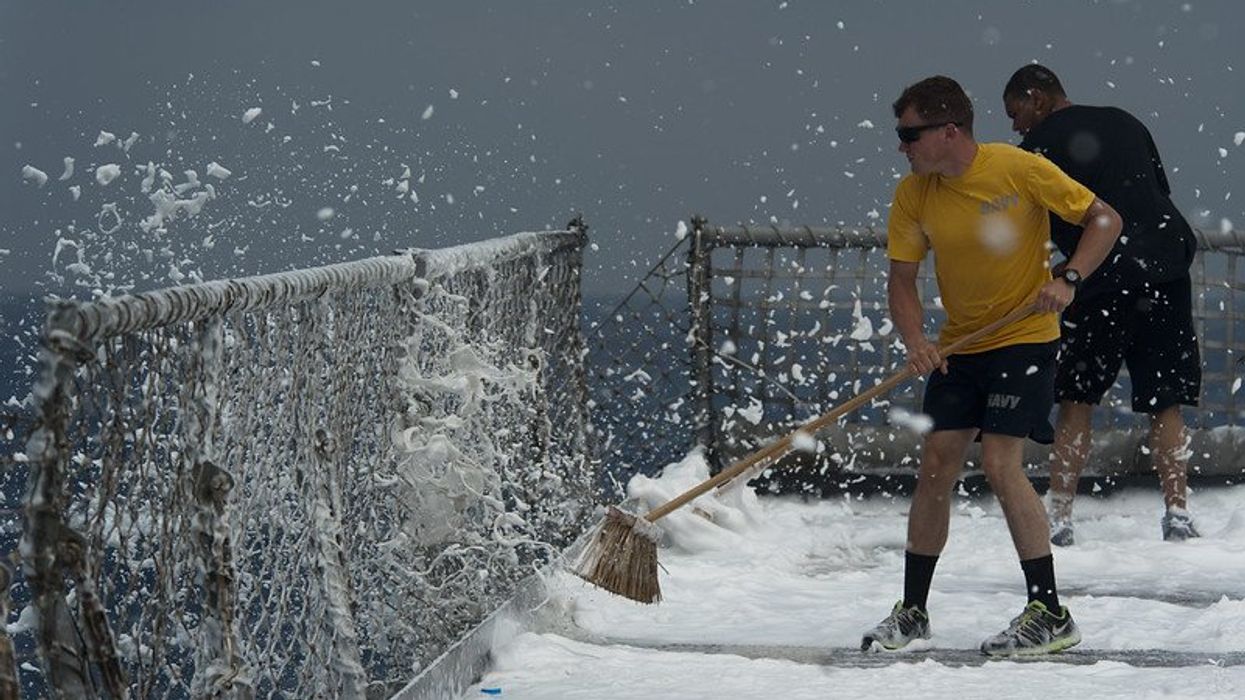Environmental racism has plagued communities of color for decades.
Pollution, climate change, and more have stripped from these communities the right to their most basic needs: clean water, food, air, and safe housing.
Here's a look at how these issues spurred the environmental justice movement—and how much work still needs to be done.
Who started "environmental justice"?

Dr. Robert Bullard (Credit: University of Michigan)
Dr. Robert Bullard of Texas Southern University is known as the "father of environmental justice." A leading activist for the movement since it emerged in the 1980s, he's been at the forefront of the cause and ultimately defined the movement:
"Environmental justice embraces the principle that all people and communities have a right to equal protection and equal enforcement of environmental laws and regulations....Today, zip code is still the most potent predictor of an individual's health and well-being. Individuals who physically live on the "wrong side of the tracks" are subjected to elevated environmental health threats and more than their fair share of preventable diseases....Reducing environmental, health, economic and racial disparities is a major priority of the Environmental Justice Movement."
Bullard's work has escalated into a national movement.
While the dialogue has begun, the work to be done is widespread and ever-present.
What are some environmental injustices?
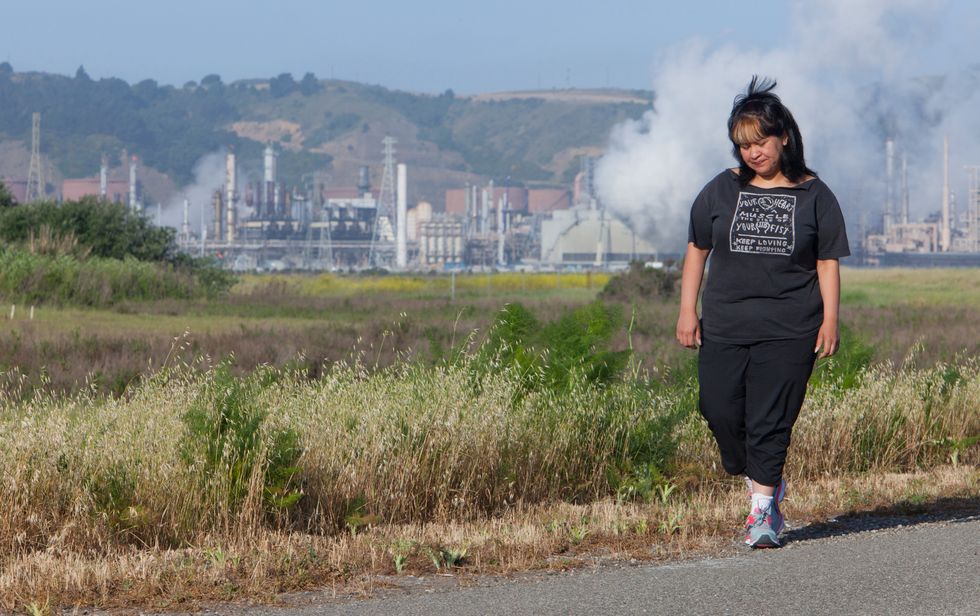
North Richmond, California, is a community beleaguered by factory pollution. (Credit: Robert Durell)
Air pollution: This 2018 study found that communities living below the poverty line have a 35 percent higher burden from particulate matter emissions than the overall population. Non-whites had a 28 percent higher health burden and African Americans, specifically, had a 54 percent higher burden than the overall population.
In detail: In a 4-part series, we uncovered a staggering asthma rate among Pittsburgh's children.
Worth your time: Environmental injustice in Pittsburgh: Poor, minority neighborhoods see higher rates of deaths from air pollution
Chemical waste: People of color make up nearly half the population in fence-line zones – areas closest to hazardous chemical facilities. They are almost twice as likely as whites to live near dangerous chemical plants.
- Chemical facilities in communities of color have almost twice the rate of incidents compared to those in predominately white neighborhoods – one incident per six facilities compared to one incident per 11 facilities.
In detail: In June 2012, EHN dispatched reporters to seven communities to report on their struggles to cope with an array of environmental threats. Years later their stories still resonate with all of us, as many of these communities still face disproportionate impacts from pollution.
Lead exposure: Although childhood lead exposure in the United States is decreasing, children of color are still disproportionately affected by lead poisoning, according to the CDC.
Water contamination: Concerns about drinking water contamination among minority groups have been reported since the 1950s. Water quality is certainly still an issue today; for example, people of the Navajo Nation have dealt with water contamination since the 1950s uranium mining of the region, as well as the Gold King Mine wastewater spill in 2015. Today, one in three homes in the Navajo Nation do not have a tap or a toilet.
- Water quality can be affected by a host of different toxic chemicals or metals. For example, lead leached from aging pipes can pollute the drinking water. Flint, Michigan, has been dealing with community lead poisoning since 2014. More than half of Flint's population is people of color.
- A few major cities across the country such as Detroit, Pittsburgh, Newark, Baltimore, and Pittsburgh struggle with select toxics in their tap water.
Climate change: The effects of climate change, such as extreme weather conditions, can have devastating impacts on low-income communities. Extreme weather can displace residents that lack a safe place to go or the capacity to rebuild, and even cause death, especially if housing is old or inadequately built.
- Hurricane Katrina was devastating to New Orleans' African American community. Racial discrimination had pushed Black communities to the outskirts of the city; these were communities most impacted when the levees failed and are systematically neglected by local government. By 2013, about 80 percent of the mostly Black residents of the city's Lower 9th Ward had not returned to their community due to inadequate rebuilding efforts.
In detail: Our coverage in New Bern, North Carolina following Hurricane Florence documents the challenges of the community's most disenfranchised.
How did the environmental justice movement begin?
Credit: Hillel Steinberg/flickr
Take a moment to learn about legislation, groups, and events that have impacted the course of the environmental justice movement. Click on photos below.

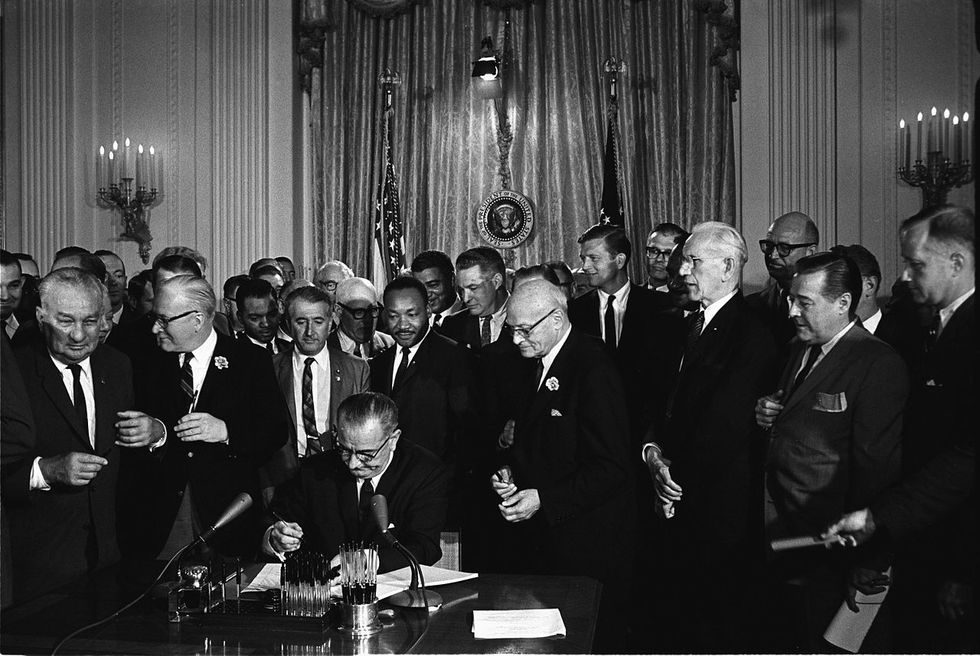
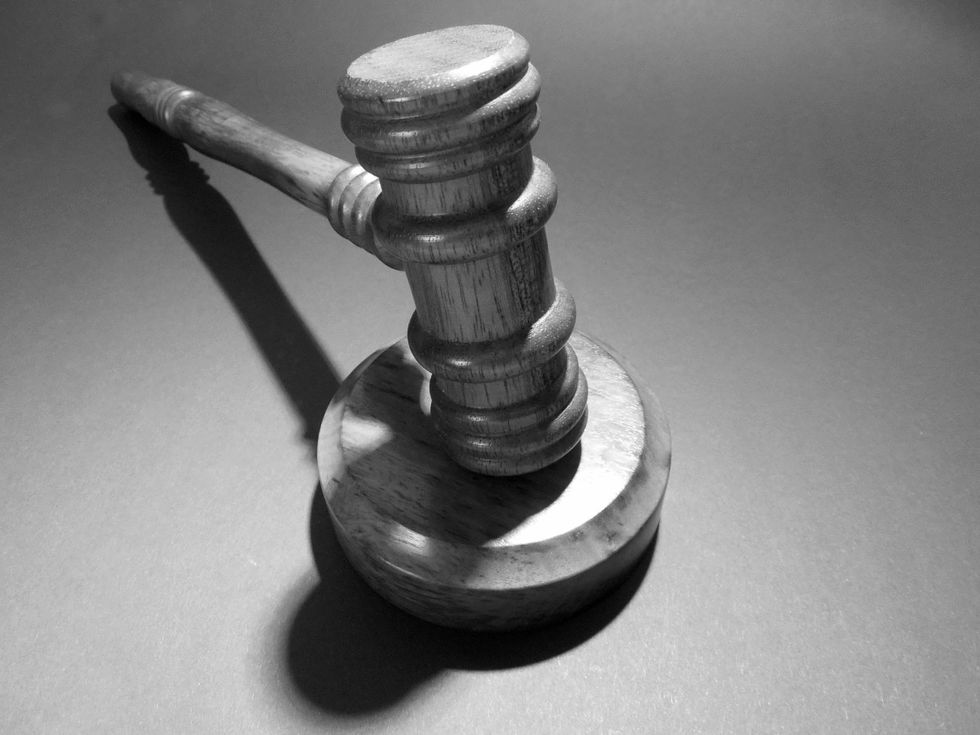
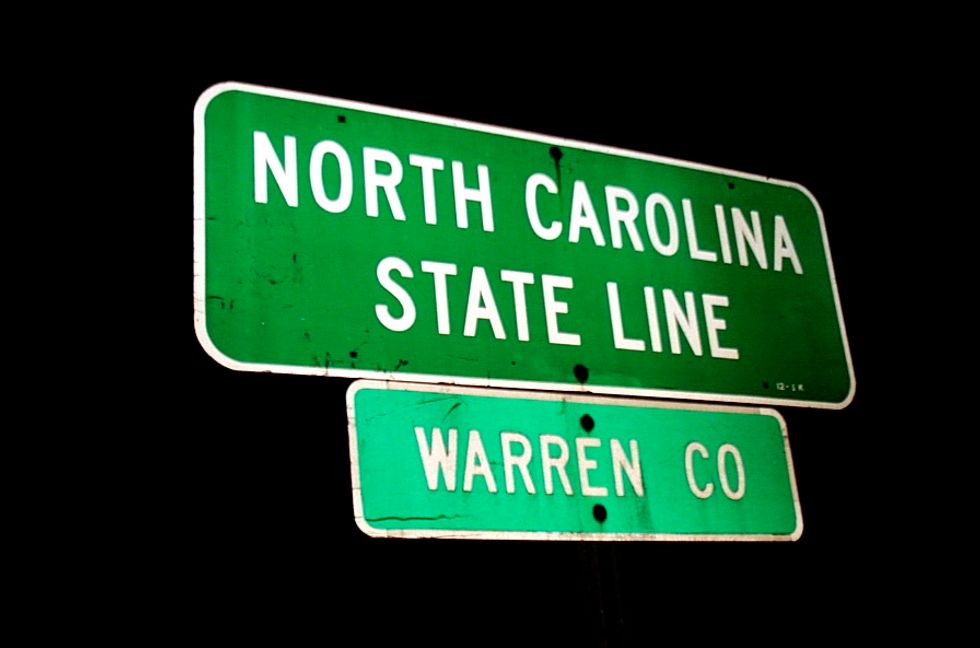
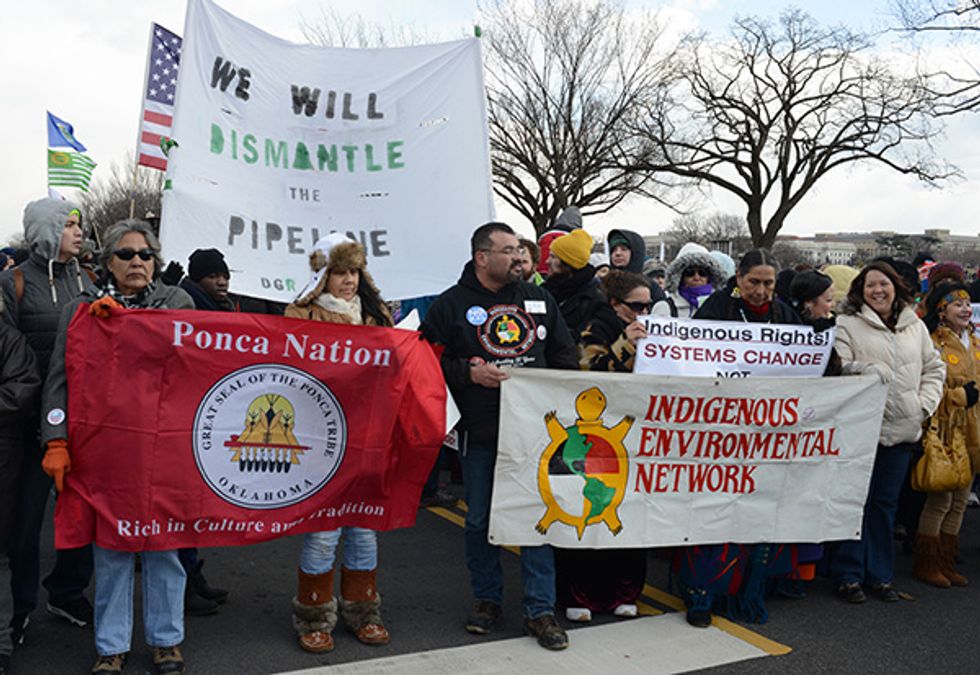
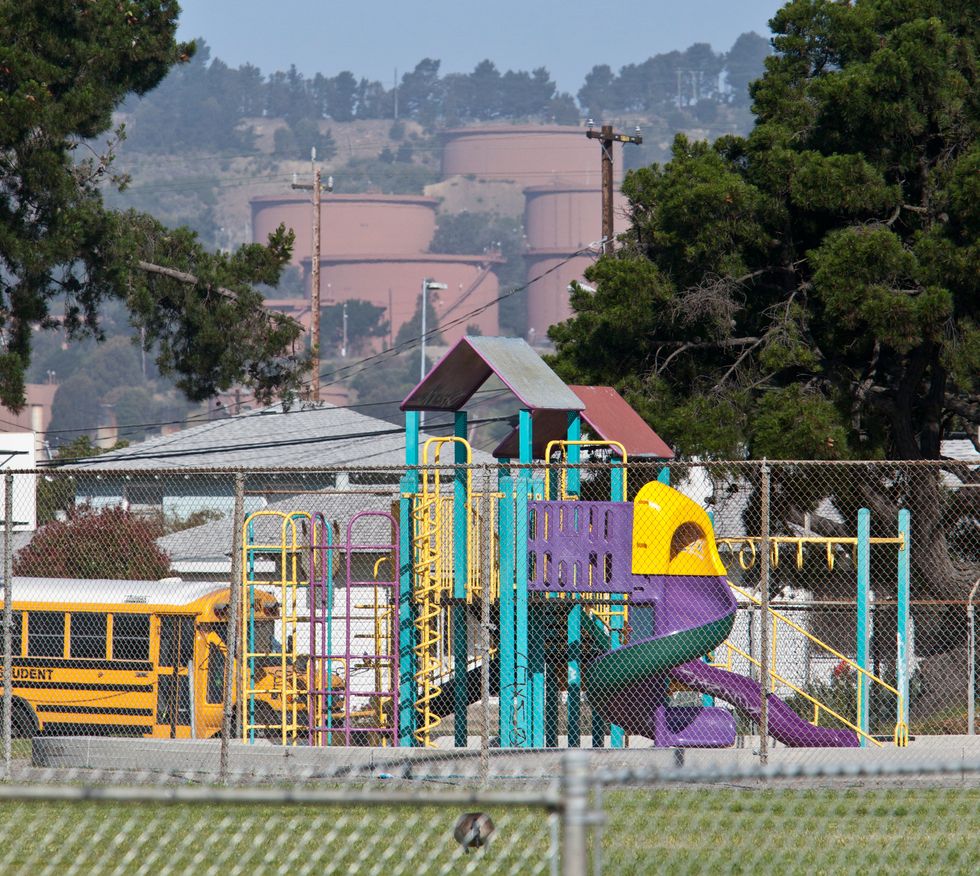
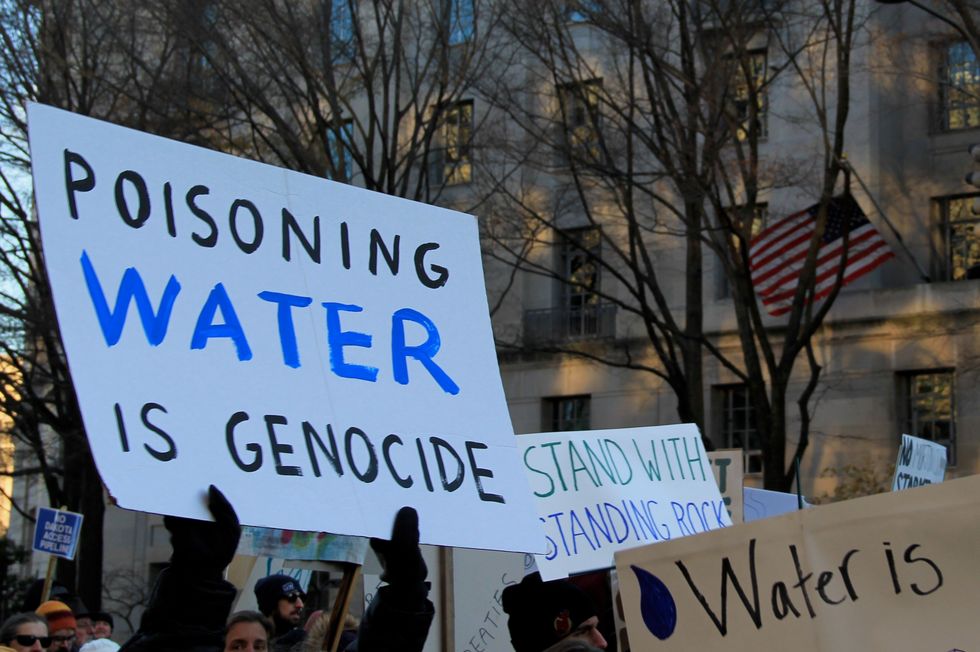
What are the impacts of environmental injustice?
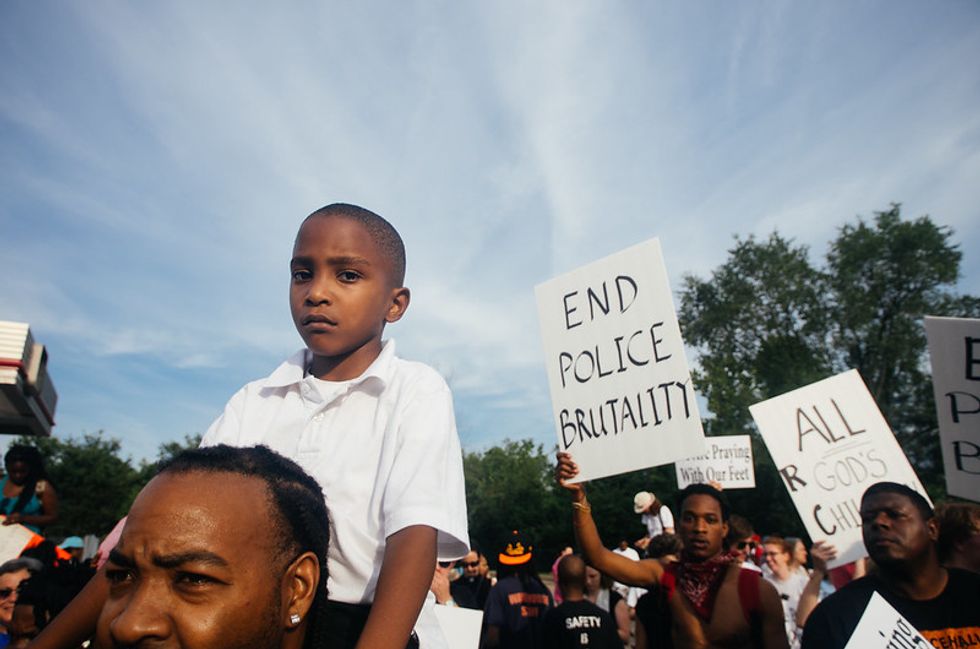
Problems such as police brutality are correlated with environmental injustice. (Credit: Jamelle Bouie/flickr)
Environmental injustices contribute to disparities in health status among populations of different race, ethnicity, and socioeconomic status. Due to disproportionate exposure to contaminated air, water, toxic chemicals, unsafe workplaces, and other environmental hazards, poor, disenfranchised, and minority communities face more health problems. Children, due to their developing state and age-related exposure patterns, are most at risk.
Health problems proven to correlate with environmental setting include:
- Asthma
- Obesity
- Lead poisoning
- Lung cancer
- Diabetes
- Mental health and developmental problems
- Inadequate access to healthcare and preventative care
- Lack of access to healthful foods
- For example, the Navajo Nation only has 13 full service grocery stores in an area spanning the size of Massachusetts, New Hampshire, and Vermont combined. The average resident has to drive three hours to their nearest grocery store. The Navajo Nation is a food desert.
- Lack of safe play spaces for children
- Absence of good jobs
- Heightened crime, violence, and police brutality
In detail: This article by CityLab following the death of Eric Garner in 2014 makes a case for the link between environmental justice and police violence. The article remains incredibly applicable to what we are seeing today.
- Voter suppression and systematic disenfranchisement
- Barriers to register
- Lack of access to polling stations
- Health problems tend to depress voter turnout
More of our coverage
EHN has a strong history of award-winning reporting on disproportionate health and environmental threats confronting, more often than not, people of color and low-income communities across the United States.
These stories resonate with all of us, regardless of race, color or class. We invite you to explore the issue with us.
Here are just a few of our recent environmental injustice stories, investigations and analyses. For all of our original reporting, visit our newsroom.
Regulatory rollbacks are "environmental racism in action"
Federal rollbacks of environmental protections, and an inept COVID-19 response, disproportionately impact communities of color. Read more here.
Pollution, prejudice and profiteering politicians in Birmingham, Alabama
A bribery scandal over contamination cleanup exposes corrupt behavior from trusted leaders. Will the high-level trial and charges bring the neglected community long overdue environmental justice? Read more here.
The "original sin" of air quality regulations is keeping communities polluted. But that's changing.
Tackling cumulative exposures, rather than one pollutant at a time, is key to correcting environmental injustice, experts say. But progress remains too slow in the most affected neighborhoods. Read more here.
Considering the phenomenon of environmental injustice as a form of criminalization
Researcher David Pellow on how powerful institutions are criminalizing communities of color and deeming them undeserving of clean air, water and healthy housing. Read more here.
The complicated history of the Kinzua Dam and how it changed life for the Seneca people
The Kinzua Dam, which protects Pittsburgh from flooding and pollution, came at a steep price for the Seneca Nation of Indians. Read more here.
Tracing water, memory and change through Black experiences along and near Pennsylvania's Route 65
Talking to Black residents living in communities along and near Route 65 about where they live and their experiences in these places, in the context of their connections to water. Read more here.
Researchers hand Michigan officials a tool to remedy environmental injustice. Will they use it?
"Other states are trying to identify [at risk] areas … this is the time for Michigan to do the same." Read more here.
Sacred Water: Environmental justice in Indian Country
Sacred Water is EHN' ongoing investigation into Native American struggles—and solutions—to protect culturally significant water sources on and off the reservation. Read more here.
Agents of Change: Amplifying neglected voices in environmental health
An ongoing series featuring the stories, analyses and perspectives of next generation environmental health leaders who come from historically under-represented backgrounds in science and academia. Read more here.
- How environmental justice work takes a toll on people of color - EHN ›
- THANK YOU for subscribing to Above the Fold! - EHN ›
- How solving environmental injustice solves climate change - EHN ›
- Amplifying neglected voices in environmental health - EHN ›
- LISTEN: Dr. Beverly Wright on how to keep environmental justice momentum - EHN ›
- After 13 years, no end in sight for Caribbean sargassum invasion - EHN ›

